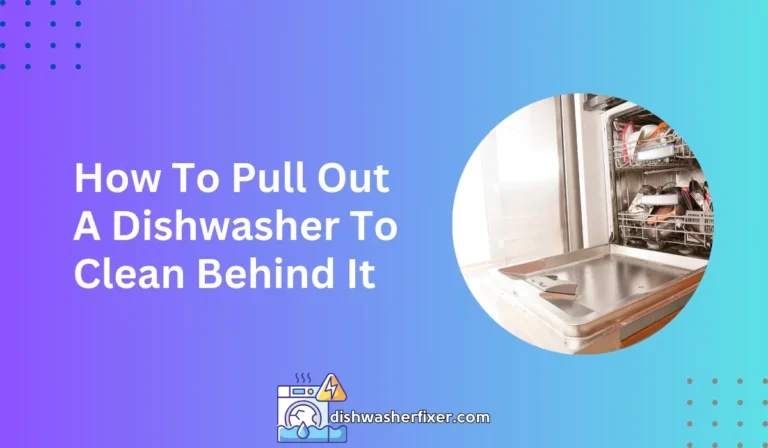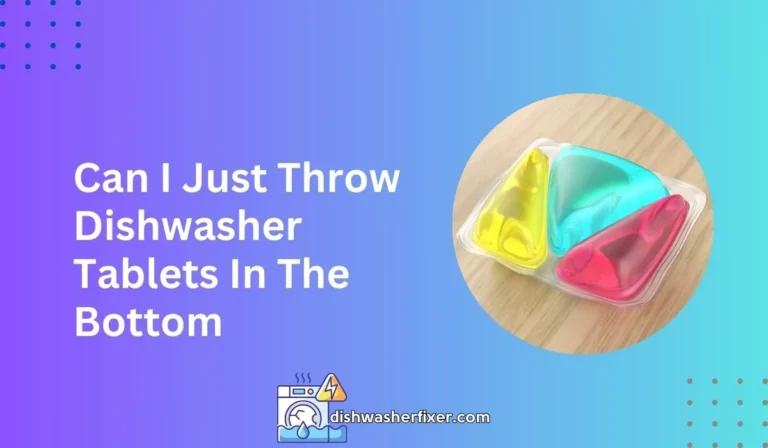How to Connect Dishwasher Drain Hose to Disposal – Easy Guide!
To connect a dishwasher drain hose to a disposal, first, ensure the disposal’s knockout plug is removed. Attach the hose’s end to the disposal’s dishwasher inlet using a hose clamp. Secure tightly to prevent leaks. Check for smooth hose routing to prevent kinks.
Preparing for Installation
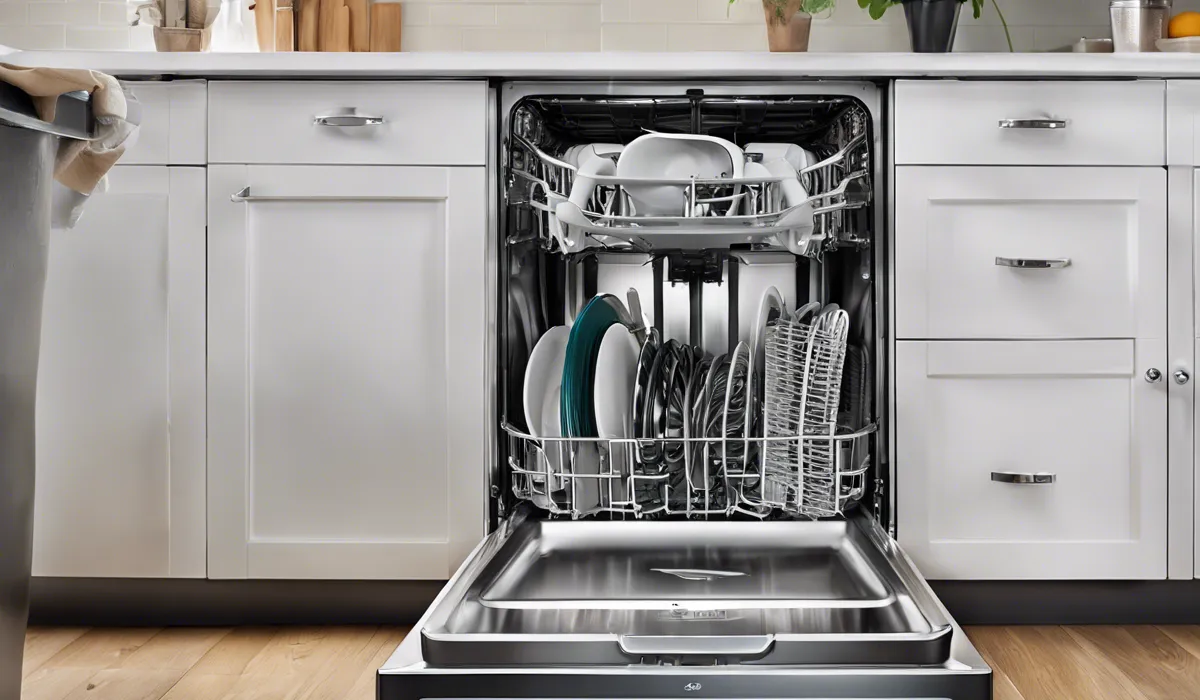
Gather Necessary Tools and Materials
Before you begin the installation process, it is essential to have all the necessary tools and materials at hand. You will need a screwdriver, adjustable wrench, utility knife, hose clamps, and possibly a hacksaw.
Additionally, ensure you have the dishwasher drain hose ready. Having everything within reach will streamline the installation and prevent unnecessary interruptions.
Turn Off Power to Disposal Unit
Safety should always be your top priority. Make sure to turn off the power to your disposal unit at the circuit breaker.
This will prevent any accidental activation of the unit while you are working on it, which could lead to injury or damage to the system.
Clear Space Under the Sink
Create a clear workspace by removing any items stored under the sink. This will give you unobstructed access to the disposal unit and the dishwasher’s drain outlet.
A clutter-free space will make it easier for you to move around and complete the installation more efficiently.
Read Dishwasher and Disposal Manuals
Take the time to carefully read through the manuals for both the dishwasher and the disposal unit.
Manufacturers often provide specific instructions or recommendations for connecting the drain hose.
Understanding these details will help you avoid any potential issues during the installation process.
Remove Drain Plug from Disposal Unit
If your disposal unit is new or has never been connected to a dishwasher before, it may have a drain plug that needs to be removed.
Use a screwdriver or hammer to knock it out. Be sure to retrieve the plug from inside the disposal unit to prevent it from causing any issues when you power the unit back on.
Connecting the Drain Hose
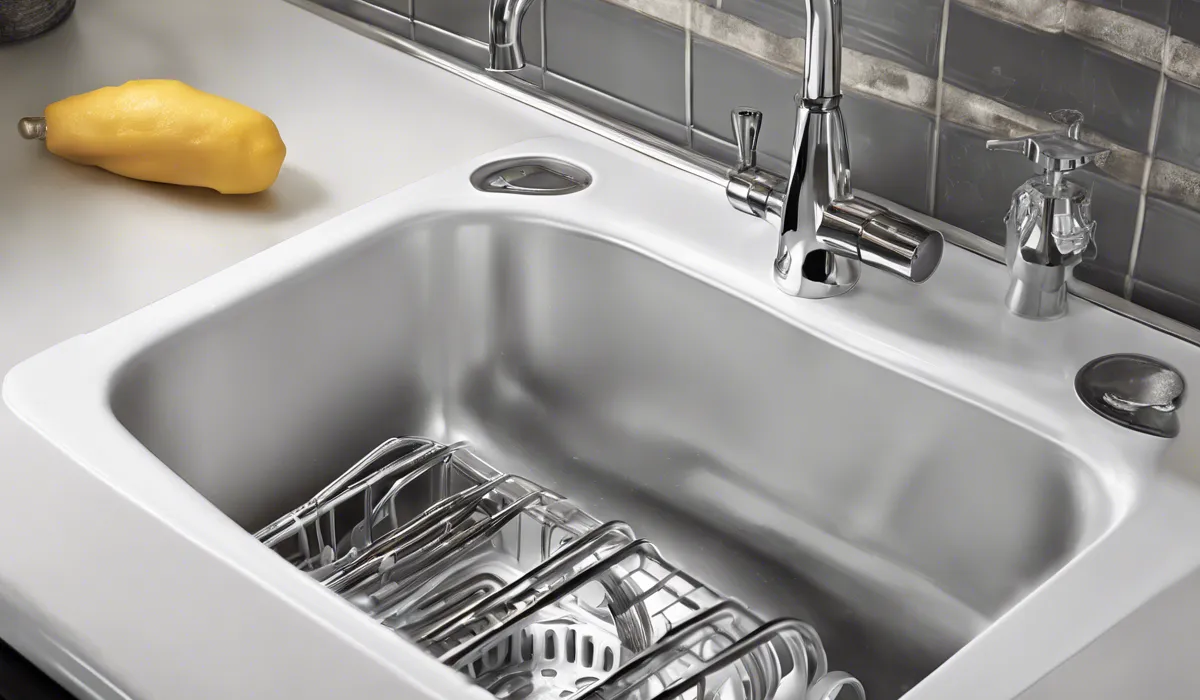
Measure and Cut the Dishwasher Drain Hose
Measure the distance between the dishwasher’s drain outlet and the disposal’s dishwasher inlet.
Cut the hose to the appropriate length, making sure to leave a little slack. This will allow for easier adjustments and prevent tension on the hose, which can lead to cracks or leaks.
Attach Drain Hose to Dishwasher’s Drain Outlet
Attach one end of the drain hose to the dishwasher’s drain outlet. This is typically located at the back of the unit.
Push the hose onto the outlet and secure it firmly in place. This connection should be tight to prevent any water from escaping during operation.
Secure the Hose with Clamps
Use hose clamps to secure the connection between the drain hose and the dishwasher’s drain outlet.
Tighten the clamps with a screwdriver to ensure a snug fit. Properly secured clamps will help prevent leaks and keep the hose connected over time.
Loop the Hose to Prevent Backflow
Implement the high loop method by looping the drain hose up to the underside of the countertop before it leads down to the disposal unit.
This loop acts as a safeguard to prevent contaminated water from backflowing into the dishwasher. Secure the loop in place with a clamp or bracket to maintain its position.
Finalizing the Connection and Testing
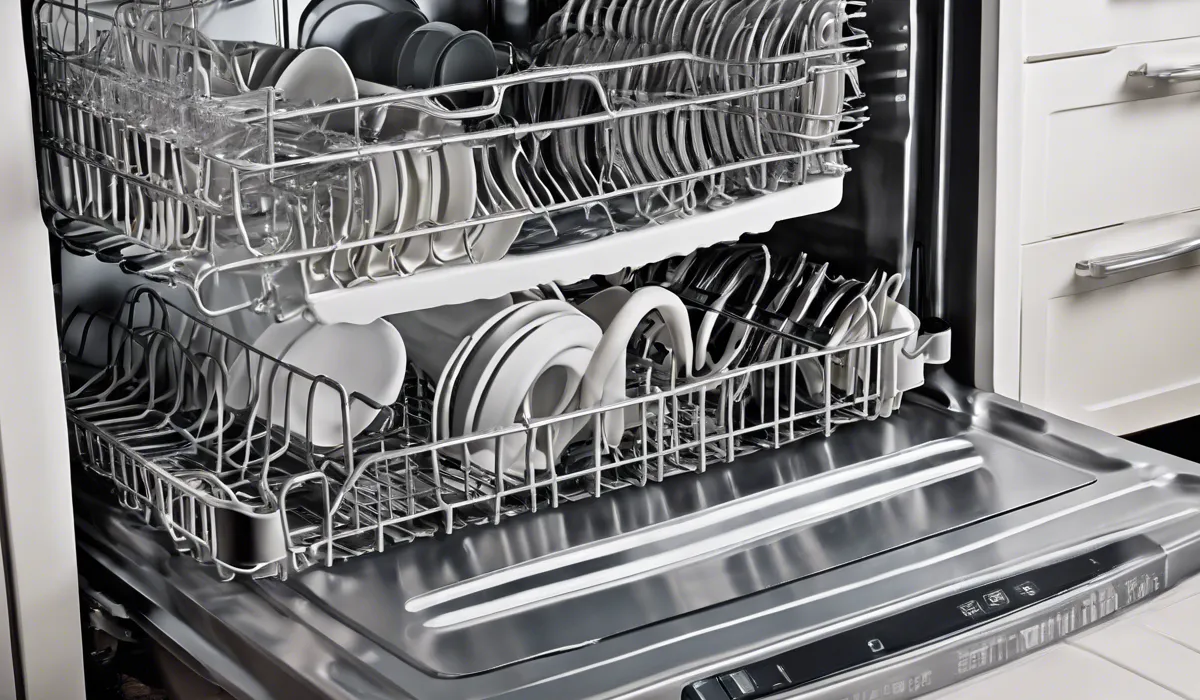
Insert Hose into Disposal’s Dishwasher Inlet
Now, take the other end of the drain hose and insert it into the disposal unit’s dishwasher inlet. The inlet is typically located on the side of the disposal. Push the hose firmly onto the inlet to ensure a secure fit.
Use Clamps or Screws to Secure the Connection
Just like you did with the dishwasher’s drain outlet, use hose clamps or screws to secure the drain hose to the disposal’s inlet.
Tightening these clamps or screws will help prevent any movement and maintain a leak-proof seal.
Turn the Power Back On and Test
Once all connections are secure, turn the power back on to the disposal unit at the circuit breaker.
Run the dishwasher through a cycle to test the new drainage setup. Keep an eye out for any leaks or drips under the sink, as these will need to be addressed immediately.
Check All Connections and Tighten if Necessary
After the initial test, double-check all of the connections you’ve made. If you notice any water escaping or if the connections seem loose, tighten the clamps or screws further.
It’s better to catch and rectify any issues now than to deal with water damage later.
Ensure the Disposal is Operational and Draining Properly
Finally, confirm that the disposal unit itself is functioning correctly. Turn on the disposal without running the dishwasher to ensure that water flows freely through the unit and that there are no obstructions.
Proper operation of the disposal is crucial for the overall efficiency of your kitchen’s waste management system.
FAQs About Connecting Dishwasher Drain Hose to Disposal
What is the first step before attaching a dishwasher drain hose to a garbage disposal?
The first step is to ensure that the garbage disposal’s knockout plug is removed.
How do I attach the dishwasher drain hose to the garbage disposal?
Attach the hose’s end to the disposal’s dishwasher inlet and secure it with a hose clamp, making sure it’s tight to prevent leaks.
Where is the dishwasher inlet located on a garbage disposal?
The dishwasher inlet is typically located on the side of the garbage disposal unit.
How do I prevent the dishwasher drain hose from kinking?
Ensure the hose is routed smoothly without sharp bends to prevent kinks.
What should I do if I find leaks after connecting the dishwasher drain hose to the disposal?
Check the hose clamp is secure and tighten it if necessary. If leaks persist, ensure the hose and fittings are not damaged and replace them if needed.
Final Thoughts
Ensuring the proper connection of a dishwasher drain hose to a disposal requires removal of the knockout plug and securing the hose to the inlet with a hose clamp.
It is crucial to tighten this connection to prevent any leaks and to arrange the hose in a way that avoids any kinks, which could impede drainage.

